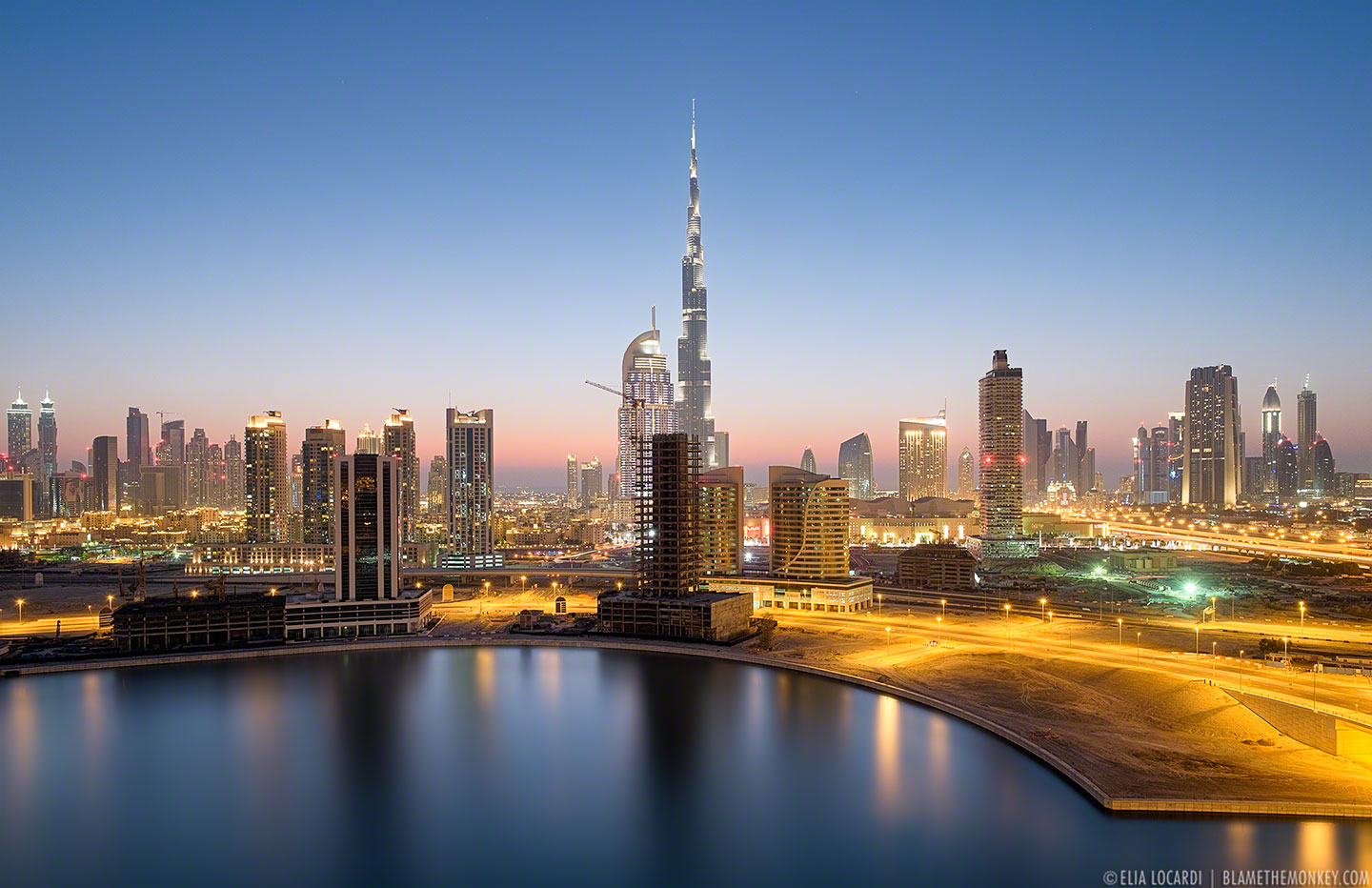Jammed streets highlight the challenges of Sudan’s transition
SOUAD AL-SAWY squints in the glare of the mid-afternoon sun, searching for a bus home. The 18-year-old student’s commute used to take 20 minutes, but these days it can take up to 90. “It’s getting worse every day,” she sighs. Although life after the revolution has improved in many ways—for instance, a hated law that banned women from wearing revealing clothing was repealed last month—freedom was not supposed to involve so many traffic jams.
Seven months after the fall of Omar al-Bashir and his 30-year-long kleptocracy, Sudan is struggling to escape the legacy of corruption and mismanagement he bequeathed it. Nowhere is this more evident than in the traffic-clogged streets of Khartoum, the capital, where public transport has all but disappeared. So bad is the shortage of buses that the interim government has decreed that vehicles belonging to the police and army be used to ferry ordinary people about the city.
Traffic jams are the work of the “deep state”, conjectures Ms Sawy. A group of minibus owners in north Khartoum claim that saboteurs are causing gridlock by abandoning vehicles in the roadways. Some blame members of the former ruling party, the National Congress Party (NCP), which owned nearly 40,000 vehicles.
As for the vanishing public transport, Yasir Alkordi, a journalist, reported in September that bus...























